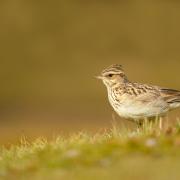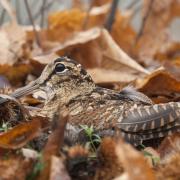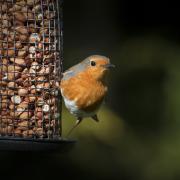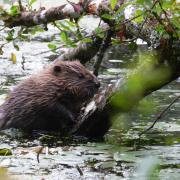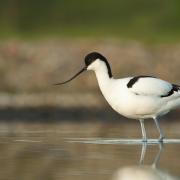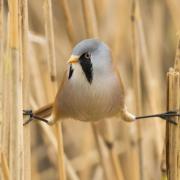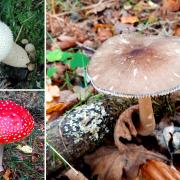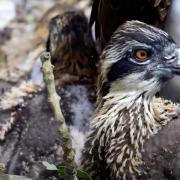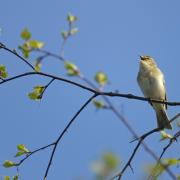Sally Welbourn, from Dorset Wildlife Trust, looks at the local wildlife who snooze their way through winter in order to survive
How many times have you thought: I’d love to hibernate through winter? Whilst the thought of the cold dark months ahead may not appeal, for some species their extended deep sleep or ‘torpor’ is necessary for their very survival.
Colder weather can make it almost impossible for some wildlife to survive the winter. Food becomes scarce, so wildlife has to adapt – and hibernation is a remarkable survival mechanism to get through this difficult time of year.
During hibernation some species can reduce their normal body functions dramatically, dropping their heart rate, metabolic rate and temperature, allowing what little energy they have to be used up over a longer period of time. They start their hibernation after filling up on food during August, when they store up as much energy as possible to last them throughout the winter.
Hibernation is a complicated process which isn’t without risk. A long hard winter for example, can have a detrimental effect when it’s time to wake up; if food is still scarce when they emerge hungry from their sleep they are right back where it started. Sleeping wildlife is also unaware of changes in their surroundings for weeks on end and this can leave them vulnerable to predation and disturbance, no matter how protected their shelter is.
Some animals are better known than others for hibernating – the hedgehog and dormouse are famous for being dormant in the winter, but insects such as the small tortoiseshell butterfly, bumblebees and ladybirds also hibernate through the colder months. Equally, some animals which are thought to hibernate are surprisingly active. Red and grey squirrels scurry around during the summer and autumn months, storing their food in the ground to provide enough longer-term sustenance for the winter, so they don’t need to hibernate.
Hibernation is a fascinating natural phenomenon but also a huge challenge for wildlife, but there are things we can do to give them a helping hand. Make sure that you have sheltered, undisturbed spaces in your garden with lots of cover (log and leaf piles area ideal) will give wildlife, such as hedgehogs, somewhere to sleep. You could even make a hibernaculum (a place wildlife can seek refuge) for any kind of garden wildlife needing shelter for the winter. If you find a hibernating animal, it is best to leave it alone as waking it will use up its much-needed energy, and after all the effort its gone to, it probably wouldn’t thank you for a rude awakening!
5 common hibernators
Hedgehogs: These are ‘true’ hibernators. During November and January they can drop their body temperature from 35 degrees, to 10 degrees and their heart rate drops from 190 beats per minute to just 20. Be sure to check bonfire piles in the garden before lighting in case there’s a sleeping hedgehog contained within!
Bats: With their main source of food, invertebrates on the wing, scarce hibernation is the only way bats can survive. They often choose underground sites with a constant cool temperature, to avoid being awoken.
Dormice: The clue is in the name of this snoozing rodent, which comes from the French ‘dormir’ which means ‘to sleep’. And from the first autumn frosts dormice retire to carefully concealed woven nests, often at ground level or just below, to hibernate. They can let their metabolism drop by 90%, and their body temperature can drop to that of their surroundings.
Reptiles: Because they are cold-blooded and unable to regulate their own body temperature reptiles depend on the temperature outside and are often seen basking in the sun. Reptiles hibernate between October and March, hiding beneath vegetation, or in the roots of trees.
Insects: Technically speaking insects don’t always ‘truly’ hibernate, but go into a dormant state. Most butterflies enter the dormant stage as an egg, larva, pupa or even as an adult including, peacock, brimstone, large tortoiseshell, comma and small tortoiseshell. Insects hibernate in a variety of different spaces, from grass margins, to bare soil, hedgerows and walls.
More…
• Winter walks in Dorset - When the weather gets colder, there’s not much more refreshing than a brisk walk across the countryside, and there’s plenty of that here in Dorset…








